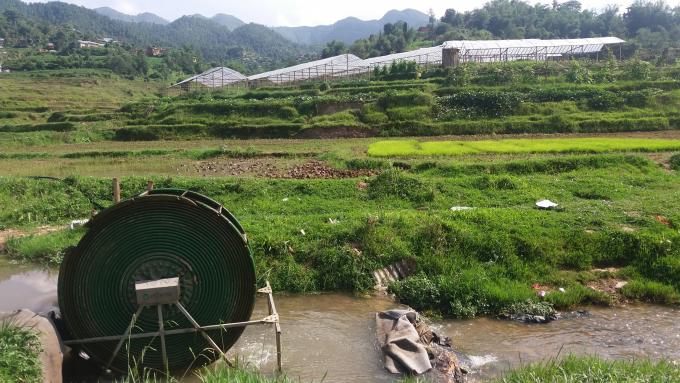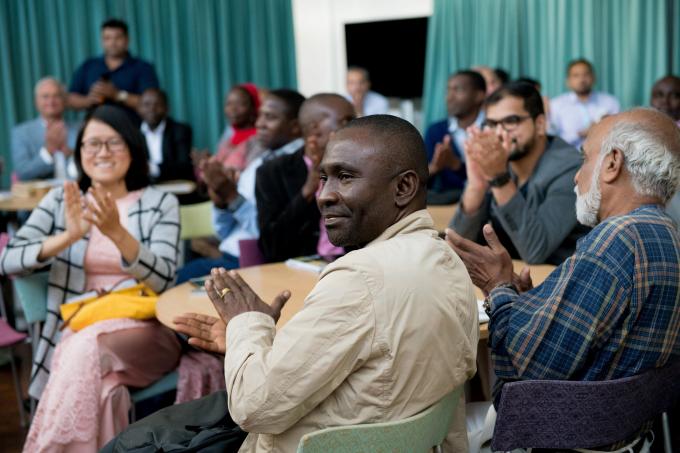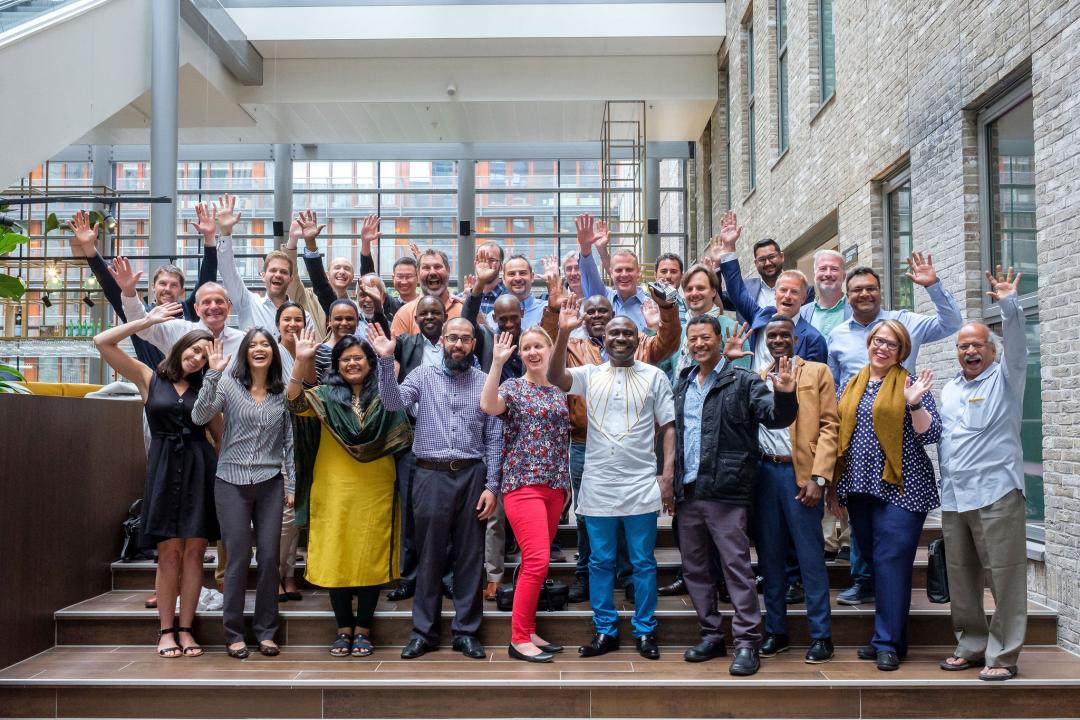An Impact Story: Results in Plain Sight
It doesn’t take a Columbo-style super sleuth to discover evidence that the Securing Water for Food (SWFF) programme has exceeded expectations, even beyond what a founding partner originally envisioned.
The clues are in plain sight: just ask the millions of beneficiaries to date about the programme designed to save water for food globally in order to meet a looming water shortage.
Six years ago, Dr. Ku McMahan, the team lead for USAID, was cautiously optimistic about the programme, which also has funding from Sweden, The Netherlands, and South Africa.
Of the innovators the programme funded in 40 countries, McMahan felt a few would be successes, some would make the grade, and others would fall by the wayside. “We have been favourably surprised at the results,” said McMahan.
The impact is billboarded in the statistics: Nearly 20 billion litres of water has been saved and 6.3 million end users have benefitted in terms of increased crop yield, more nutritious food, and an improved standard of living through innovative farming advances.

However, the most explicit examples of impact are found in a multitude of success stories told by the innovators and reinforced by SWFF’s Technical Assistance Facility, the operation led by The Kaizen Company, as well as an independent collection of evaluators brought in to assess results.
Results, according to McMahan, are where the rubber meets the road.
The overall goal is for each innovator to be able to scale to the next level and to be sustainable into the future. Added to this, however—and this is especially crucial to some projects—the innovation must be environmentally sound.
McMahan is particularly interested in the intangibles.
“There are different ways of measuring success,” he said. “Were more women empowered in their communities because they are now taking an active part and not simply keeping the house but helping grow crops?
“Has an innovation increased a family’s income so a child could go to school where before there simply was not enough money? Has a family gone from hand-to-mouth poor to having enough to eat?”
He points to one innovator whose programme “Pumpkins Against Poverty” constitutes a near miracle, where a nutritious crop now grows on land previously left barren after monsoon rains in Bangladesh.
“The innovator is the NGO Practical Action, and the idea and effort came from development strategist Nazmul Chowdhury who one day looked upon the expanse of sandbars that would again soon be covered after the monsoon season.
“Nazmul asked the “what if?” question. What if a crop could be grown to help sustain the poor farmers between the dry season and the floods? The result was thousands of pumpkins harvested.
“What it has meant is more than simply a subsistence and nutritious crop. The farmers are now taking the product to market. They are earning sufficient money to send children to school.”
McMahan can point to dozens of such examples, from an innovator helping provide gas for cooking using biodegradable fuels, to weather wizards who can predict rain to a couple of square kilometers, to the development of ingenious tools to aid in irrigation.
“This is why I chose development,” said McMahan. “It’s rewarding to take a little fish—a small enterprising innovator—help him grow, and swim on his own to also lift up the poorest of the poor.”

USAID, Sweden through the Swedish International Development Cooperation Agency (Sida), and the Governments of The Netherlands and South Africa invested $34 million in Securing Water for Food (SWFF) to promote science and technology solutions that enable the production of more food with less water and/or make more water available for food production, processing, and distribution.
This story was developed through the SWFF Social Impact Storytelling Initiative which was established to document innovator journeys and social impact as they work to improve the way water is being used for agriculture.
#socialimpact #innovation #agriculture #water
Additional Resources:
Securing Water for Food Annual Report and Annual Report Executive Summary (Metrics Infographic)
